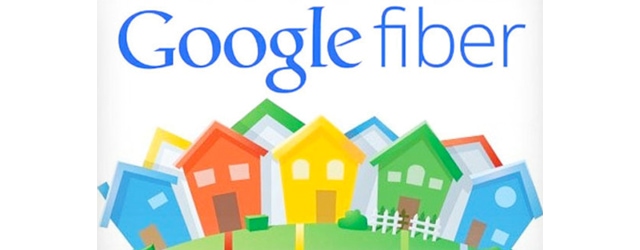Technology

To most people the idea of infrastructure investment connotes visions of water systems, highways and bridges and basic general services usually provided by municipal authorities. In early November, however, at the Canadian Council for Public-Private Partnerships Conference in Toronto, a new model for infrastructure was discussed–that of the “intelligent city,” which combines intelligent city infrastructure with conventional infrastructure.
In early 2011, Google announced it had selected the cities it would provide with a “gigabit” Internet service infrastructure called Google Fiber—with connectivity speeds 100 times faster than the broadband average. The service was awarded to Kansas City (Kansas and Missouri).
David Sandel serves as an adviser to the Google Fiber Mayors’ Bistate Innovation Team. His first recommendation to area authorities was to create a regional planning organization to, as he puts it, “loosely collaborate with all sectors of the economy.” His second recommendation was to create a regional “proof of concept” lab where innovators could work with private equity and other organizations to develop their products. The third recommendation was to have a global roundtable to meet and discuss development.
“We created something called a ‘loop media hub,’ which is a gigabit main street,” says Sandel. In addition to the Google Fiber service, Kansas City, Missouri, is building a streetcar line that connects neighborhoods in which tech startups and incubators are flourishing. “It’s a massive metropolitan deployment to put [in] a gigabit main street and build a trolley system where the mass of knowledge workers are, and congregate naturally, and has the right types of amenities and transportation options all in one place,” he adds. The procurement and financing model was set up as a P3 (public-private partnership) where government enlists private sector partners to design, build and maintain services for a specified amount of time.
“Many saw that the economic, social and educational impact of it would be far greater than the cost,” Sandel says. An economic impact statement showed that the project is expected to produce “total annual economic output in excess of $265 million” over the next five to seven years. “Everyone realizes that the fiber project is far more important than the trolley, but the projects together are exceptional,” he notes.
Google Fiber exists today only in Kansas City; Provo, Utah; and Austin, Texas. So far Google has singled out an additional nine cities as potential fiber areas. The disruptive nature of the technology and the way the service is employed will affect economies both positively and, in some cases, cable companies for example, negatively. But as a pure infrastructure development, it is an exciting and potentially game-changing service that will affect businesses, economies and social interactions of all kinds.



